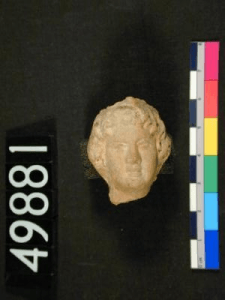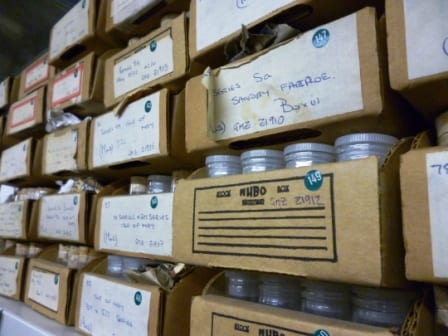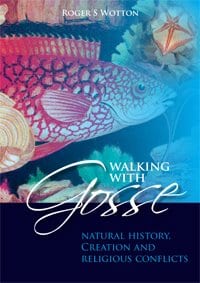Sculpture Season opens today
By Jack Ashby, on 5 June 2013
Today at the Grant Museum, not only have we flung the doors open to the public (as we do six days a week), but we have opened the doors to the Museum – and the museum cabinets – to thirteen emerging artists, inviting them to rethink our collection. Today, Sculpture Season begins.
We’re consistently thinking how to use our collections in different ways, and while the team here is a creative one (otherwise – boast boast – we wouldn’t keep winning awards) we can definitely benefit from completely different eyes and minds looking at our collection.
Sculpture Season does just that – thirteen sculpture students from the Slade School of Fine Art at UCL were invited to create works in response to the Museum’s spaces, specimens, science and history. The results are fantastic. Alongside the Museum’s historic skeletons, skulls and specimens preserved in jars, the new works engage with animal/human encounters through re-animated flesh, tunnelling rats and mice, giant worms and body bags.
The artists have created music technologies, phantom occupations of the Museum’s iPad apps, hand-knitted internal organs and explorations of the excessive masculinity of giant deer antlers. Specimens have been re-ordered, re-labelled and re-imagined. (more…)
 Close
Close






 Here at the Grant Museum we’re not afraid to try something big or something new. This time we’re doing just that with something small and something old, with a topic which has traditionally been problematic for natural history museums.
Here at the Grant Museum we’re not afraid to try something big or something new. This time we’re doing just that with something small and something old, with a topic which has traditionally been problematic for natural history museums.
